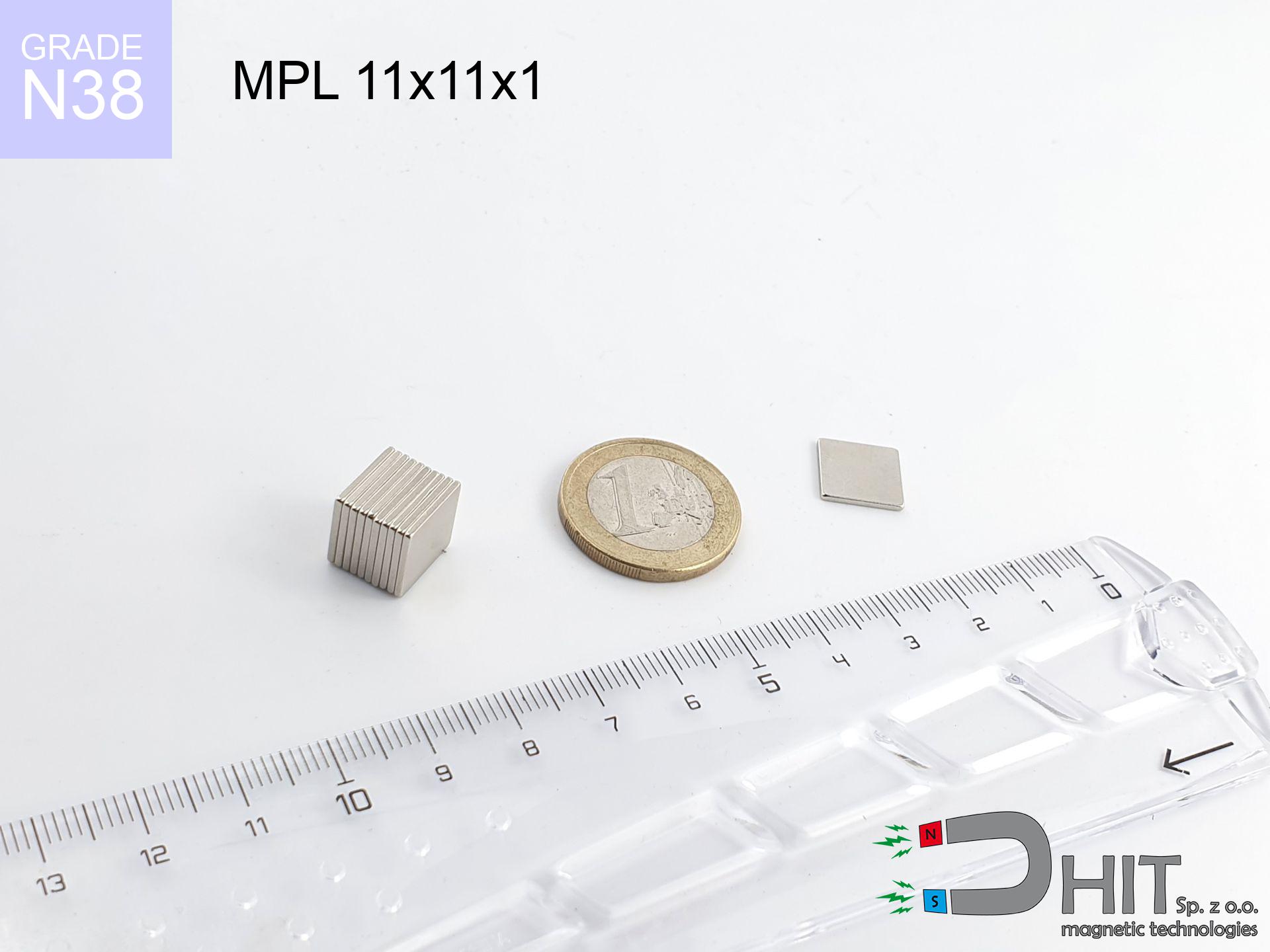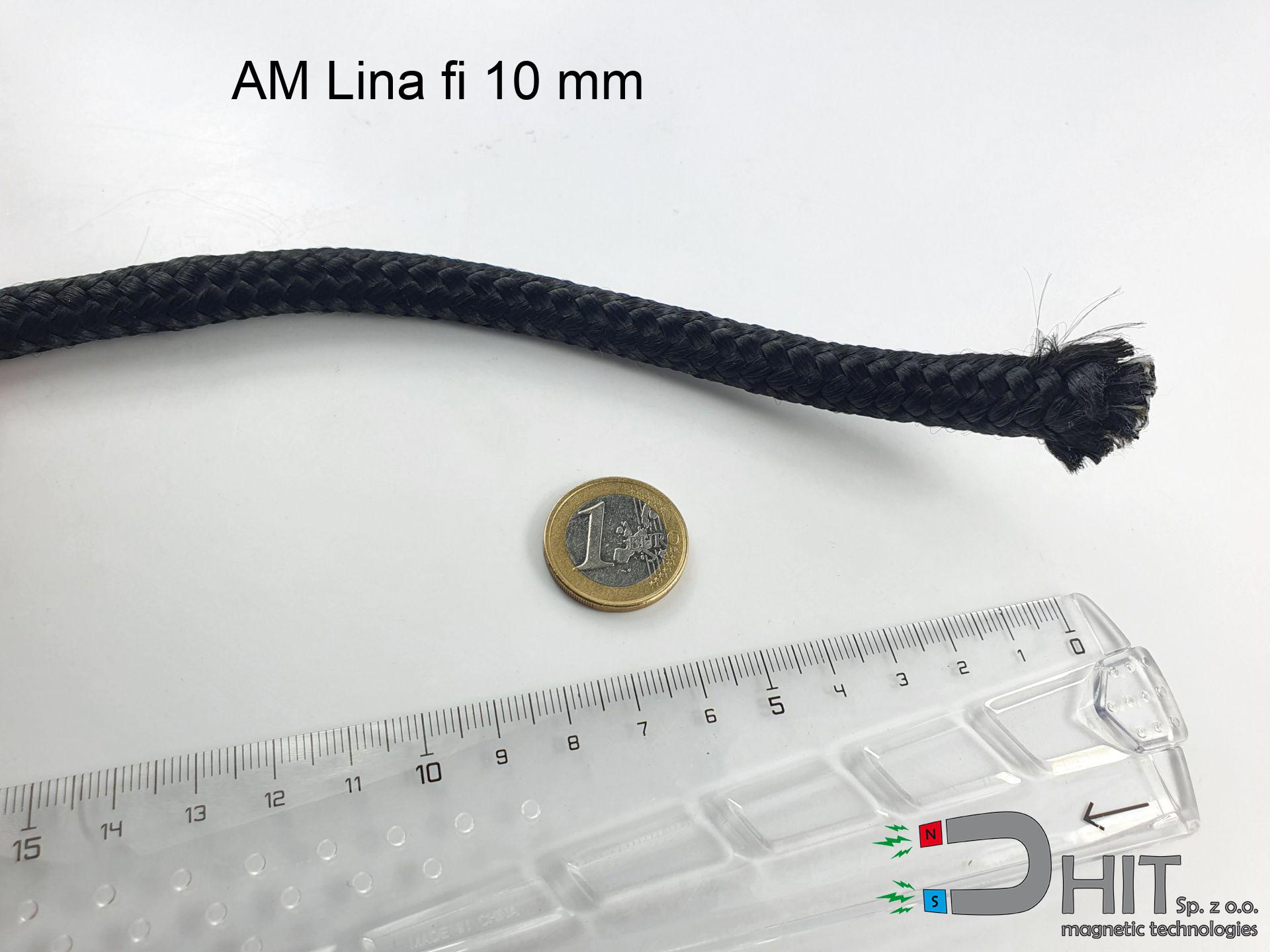UMT 29x38 white / N38 - magnetic pin
board holder
catalog number 230283
GTIN: 5906301814351
diameter Ø
29
mm [±0,1 mm]
height
38
mm [±0,1 mm]
max. temperature
≤ 80
°C
catalog number 230283
GTIN: 5906301814351
diameter Ø
29 mm [±0,1 mm]
height
38 mm [±0,1 mm]
max. temperature
≤ 80 °C
6.81 ZŁ gross price (including VAT) / pcs +
5.54 ZŁ net price + 23% VAT / pcs
bulk discounts:
need more quantity?Don't know what to buy?
Give us a call tel: +48 22 499 98 98 or contact us through form on the contact page. You can check the strength and the shape of magnet in our power calculator power calculator
Orders placed by 2:00 PM will be shipped on the same business day.
Specification: board holder 29x38 white / N38
Magnetic properties of the material N38
Physical properties of sintered neodymium magnets Nd2Fe14B
Product suggestions
Advantages as well as disadvantages of neodymium magnets NdFeB.
Apart from immense power, neodymium magnets have the following advantages:
- They do not lose strength over time. After 10 years, their strength decreases by only ~1% (theoretically),
- They are highly resistant to demagnetization by external magnetic sources,
- Thanks to the shiny finish and nickel, gold, or silver coating, they have an aesthetic appearance,
- They have exceptionally high magnetic induction on the surface of the magnet,
- Magnetic neodymium magnets are characterized by hugely high magnetic induction on the surface of the magnet and can operate (depending on the shape) even at temperatures of 230°C or higher...
- Thanks to the flexibility in shaping and the ability to adapt to specific requirements – neodymium magnets can be produced in various forms and dimensions, which expands the range of their possible uses.
- Key role in modern technologies – are used in hard drives, electric motors, medical devices and very modern machines.
Disadvantages of neodymium magnets:
- They are fragile when subjected to a powerful impact. If the magnets are exposed to impacts, we recommend using magnets in a metal holder. The steel housing in the form of a holder protects the magnet from impacts and at the same time increases its overall strength,
- High temperatures can reduce the power of neodymium magnets. Typically, after heating above 80°C, most of them experience a permanent reduction in strength (although it is dependent on the form and size). To prevent this, we offer special magnets marked with the symbol [AH], which are highly resistant to high temperatures. They can operate even at temperatures up to 230°C, making them an ideal solution for applications requiring high-temperature operation,
- Due to their susceptibility to corrosion in a humid environment, we recommend using waterproof magnets made of rubber, plastic, or other moisture-resistant materials when using them outdoors,
- The use of a cover - a magnetic holder is recommended due to the limited production capabilities of creating threads or complex shapes in the magnet
- Potential hazard arising from small pieces of magnets pose a threat, when accidentally ingested, which becomes significant in the context of children's health. It's also worth noting that small elements of these magnets are able to hinder the diagnostic process when they are in the body.
Exercise Caution with Neodymium Magnets
It is essential to maintain neodymium magnets away from children.
Neodymium magnets are not toys. You cannot allow them to become toys for children. In such a situation, surgery is necessary to remove them. In the worst case scenario, it can result in death.
If you have a nickel allergy, avoid contact with neodymium magnets.
Studies show a small percentage of people have allergies to certain metals, including nickel. An allergic reaction often manifests as skin redness and rash. If you have a nickel allergy, you can try wearing gloves or simply avoid direct contact with nickel-plated neodymium magnets.
Neodymium magnets are the most powerful magnets ever invented. Their power can surprise you.
Read the information on our website on how to properly utilize neodymium magnets and avoid significant harm to your body and unintentional damage to the magnets.
Under no circumstances should neodymium magnets be brought close to GPS and smartphones.
Magnetic fields interfere with compasses and magnetometers used in navigation for air and sea transport, as well as internal compasses of smartphones and GPS devices.
Dust and powder from neodymium magnets are highly flammable.
Avoid drilling or mechanical processing of neodymium magnets. If the magnet is crushed into fine powder or dust, it becomes highly flammable.
Neodymium magnets can become demagnetized at high temperatures.
Despite the general resilience of magnets, their ability to retain their magnetic strength can be influenced by factors like the type of material used, the magnet's shape, and the intended purpose for which it is employed.
Neodymium magnetic are fragile and can easily break as well as shatter.
Neodymium magnets are characterized by significant fragility. Neodymium magnets are made of metal and coated with a shiny nickel surface, but they are not as hard as steel. In the event of a collision between two magnets, there may be a scattering of fragments in different directions. Protecting your eyes is crucial in such a situation.
Neodymium Magnets can attract to each other, pinch the skin, and cause significant injuries.
Magnets will jump and also contact together within a radius of several to around 10 cm from each other.
Keep neodymium magnets away from the wallet, computer, and TV.
Strong magnetic fields emitted by neodymium magnets can damage magnetic storage media such as floppy disks, credit cards, magnetic ID cards, cassette tapes, video tapes, or other devices. In addition, they can damage televisions, VCRs, computer monitors, and CRT displays. You should especially avoid placing neodymium magnets near electronic devices.
Keep neodymium magnets away from people with pacemakers.
Neodymium magnets generate strong magnetic fields. As a result, they interfere with the operation of a pacemaker. This is because many of these devices are equipped with a function that deactivates the device in a magnetic field.
Please see the article - What danger lies in neodymium magnets? You will learn how to handle them properly.





![magnetic separator 25x200 [2xM8] / N42 magnetic separator 25x200 [2xM8] / N42](https://cdn3.dhit.pl/graphics/products/sm-25x200-2xm8-dos.jpg)

